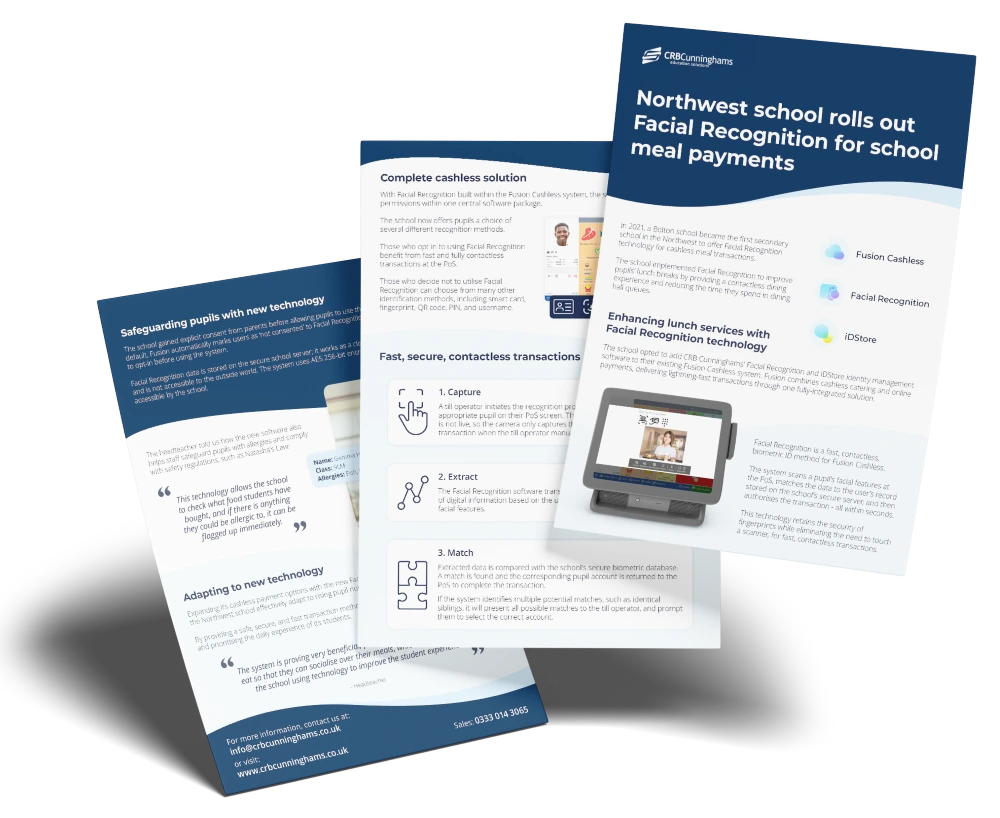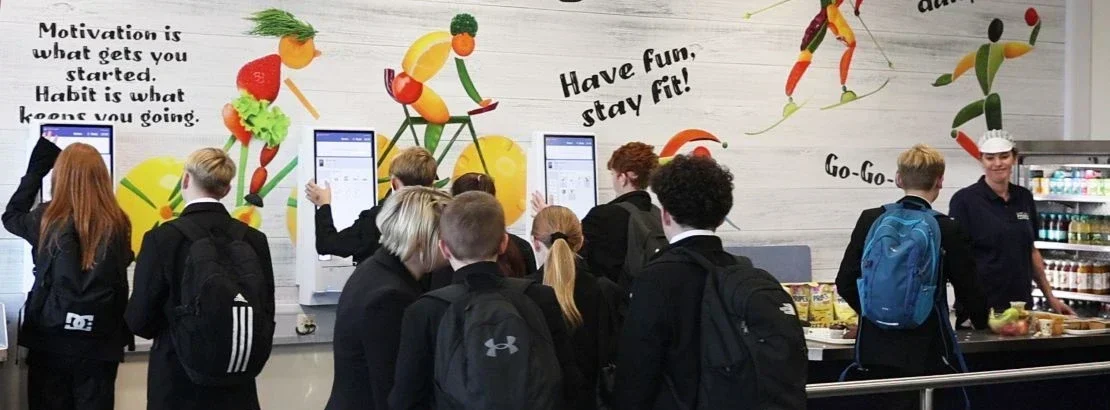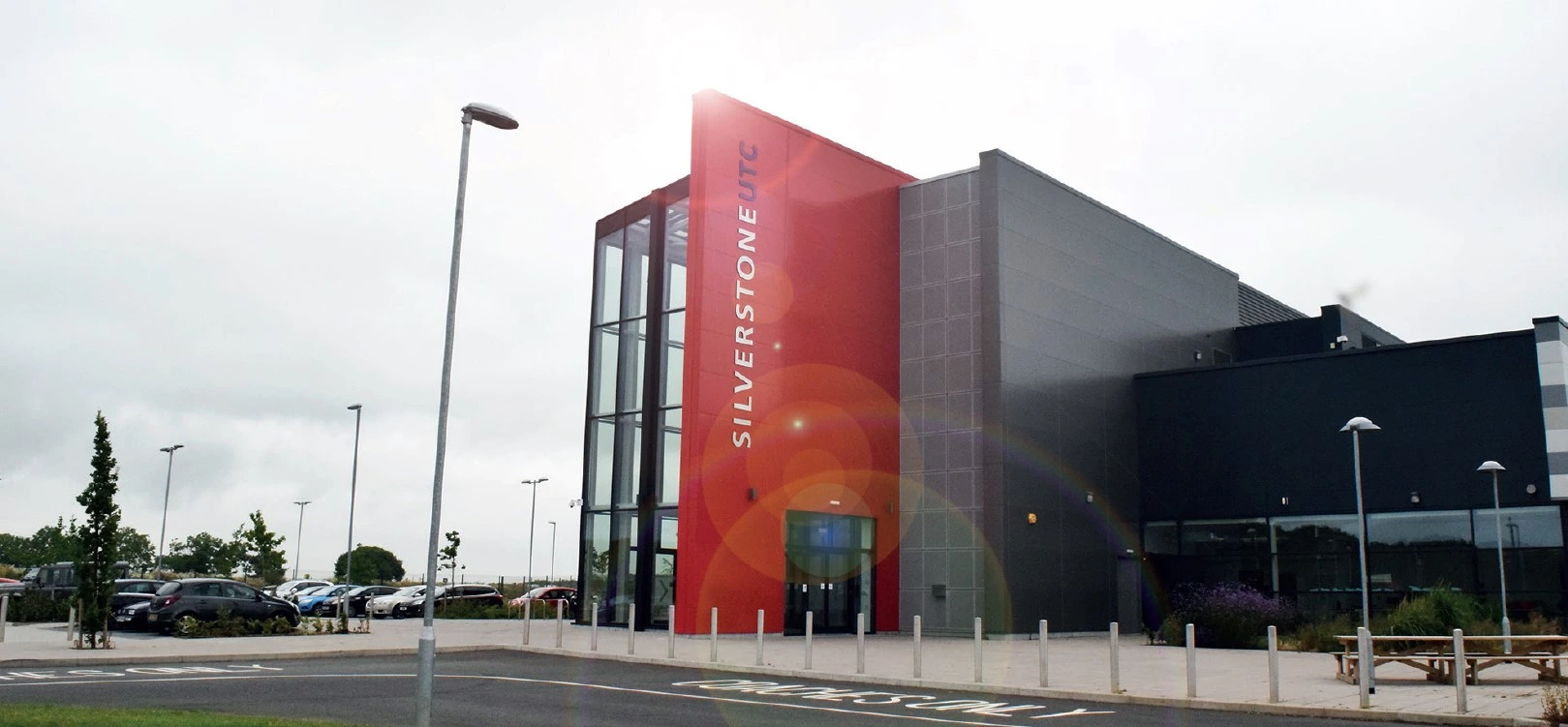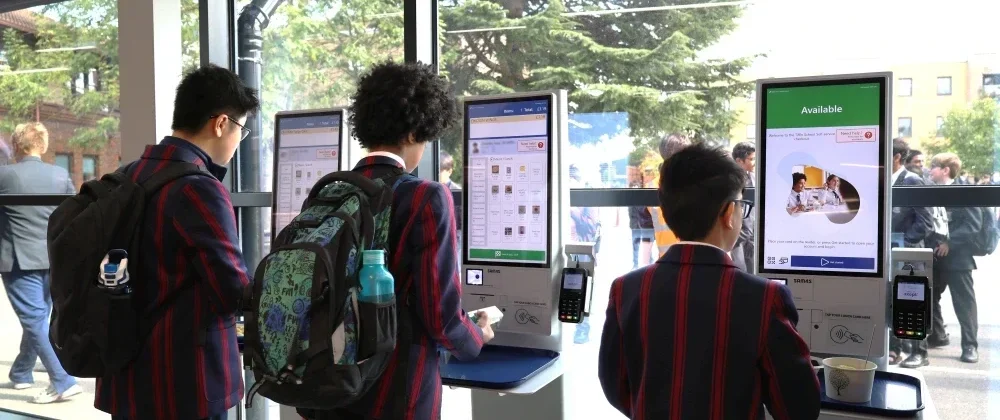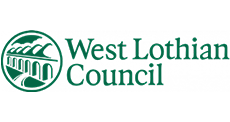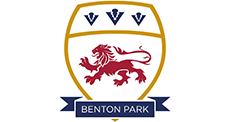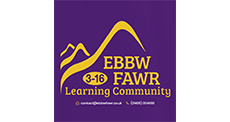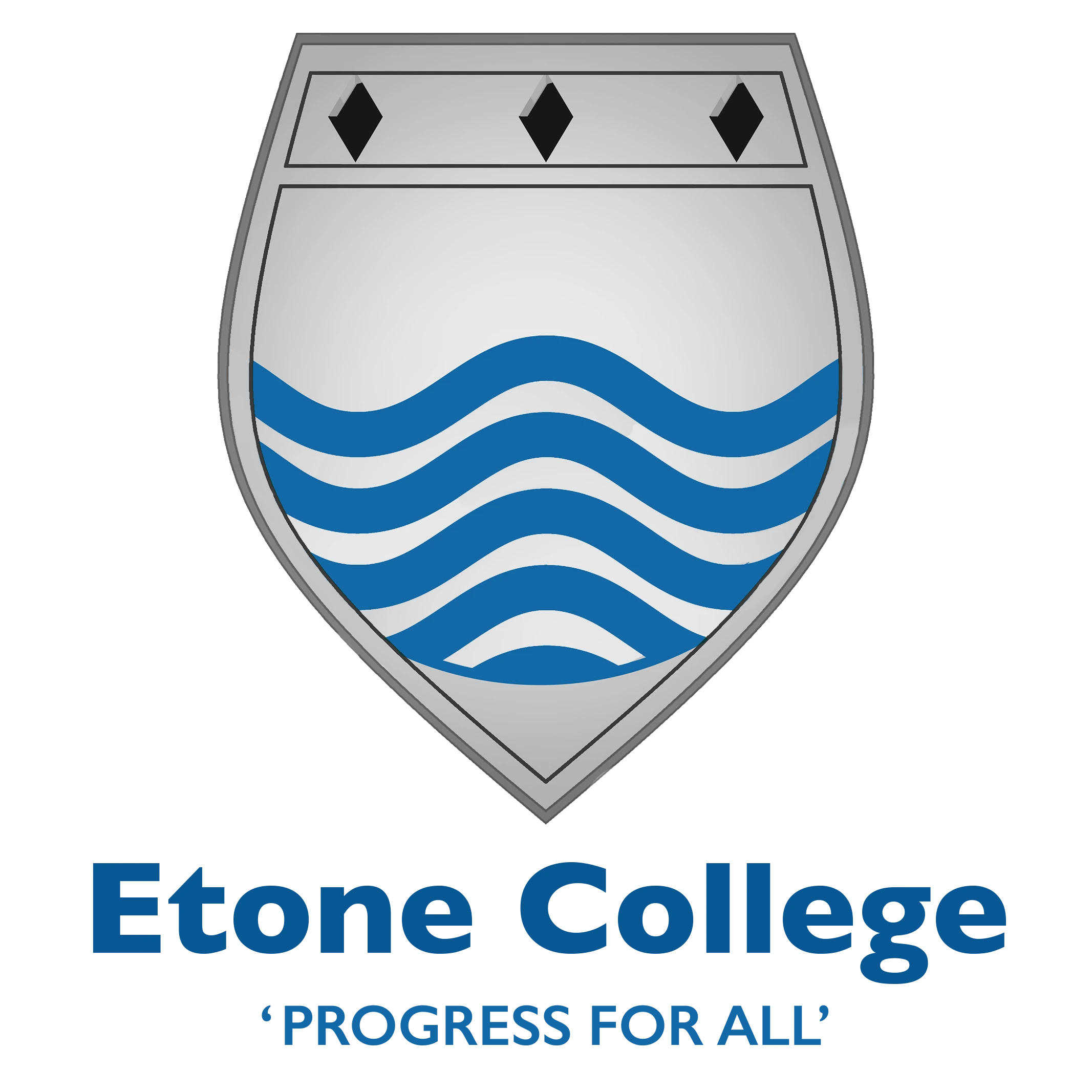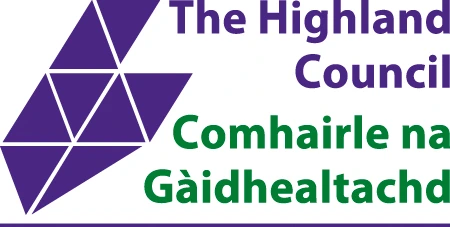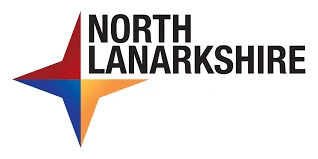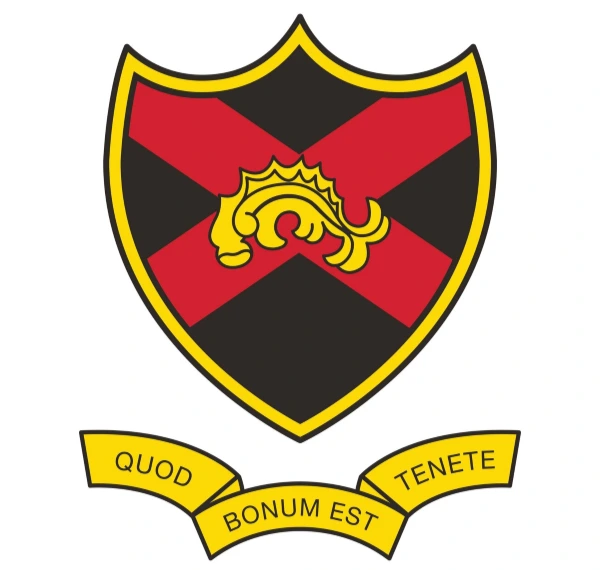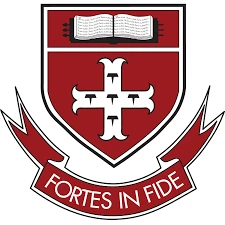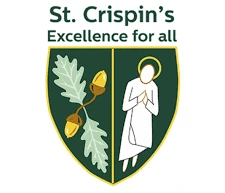Using technology to improve the student lunchtime experience
In 2021, a Bolton-based school became the first secondary school in the Northwest to implement Facial Recognition technology as one of their cashless meal transaction methods for pupils looking for a contactless lunch experience.
The school implemented Facial Recognition to improve the lunchtime experience and reduce time pupils spent in lunch queues.
Enhancing the existing lunch service
The school added Facial Recognition software to their existing CRB Cunninghams Fusion offering, alongside CRBC’s iDStore software. Fusion combines cashless catering and online payments into one fully integrated solution.
Facial Recognition is a contactless biometric method that scans the pupil’s face at the PoS, matches the individual’s face template stored on the school’s secure server, and then authorises the transaction. Retaining the security of fingerprints but eliminating the need to touch a scanner.
Accommodating increasing pupil numbers
As the school accepted an increased number of pupils, they looked to new technology to help manage the busier lunch queues whilst providing pupils with the very latest technology. This software has enabled the school to offer an extra measure to safeguard pupils from allergies and deliver a contactless meal service.
The headteacher said:
“In 2018/19, our admission number increased with an extra 30 students in year seven and having additional students every year since has impacted lunchtimes – we have 1,750 students.
“This system, which has the highest level of security, speeds up the queues because students are not looking around for their cards, as in the previous system. The bonus is it is entirely contactless.”
Facial Recognition is faster than traditional biometric methods such as fingerprints, with the average transaction time currently at five seconds per pupil.
This contactless identification method allows school catering teams to safely increase the speed of service by simplifying the payment process for pupils and eliminating the need to carry any form of identification, such as a card or even enter a PIN.
“It’s the fastest recognition method at the till. Secondary schools now have around 25 minutes to serve over 1,000 pupils, so fast throughput is essential at the point of sale.”
– Stuart Brown, Chief Revenue Officer at CRB Cunninghams
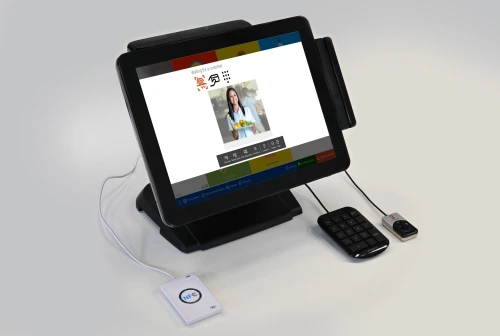
Increasing existing cashless offering
Built within the Fusion cashless catering system, Facial Recognition has enabled the school to manage data and permissions within one central software package. Since implementing Fusion, the establishment offers its pupils several different recognition methods. Pupils who decide not to use Facial Recognition can choose from four other identification methods within Fusion: PIN, manual look-up, fingerprint, or card.
Pupils who opt in to use Facial Recognition benefit from a fast and fully contactless recognition method at the PoS.
The software works by scanning the pupil’s face, creating an algorithm, and looking for a match in the school database (MIS):
1. Capture
CRB Cunningham’s Facial Recognition system is not live and requires the till operator to initiate the software by tapping or clicking on the pupils’ nose on the till screen.
2. Extract
The face capture process transforms analogue information (a face) into a set of digital information (data) based on the geometry of the person’s facial features.
3. Match
The extracted data is compared against the school database held within the school’s MIS, finds a match, and returns the relevant pupil account to the PoS user to complete the transaction.
If the system identifies multiple potential matches, e.g. twins, the operator will be shown all possible
matches and prompted to select the correct pupil account.
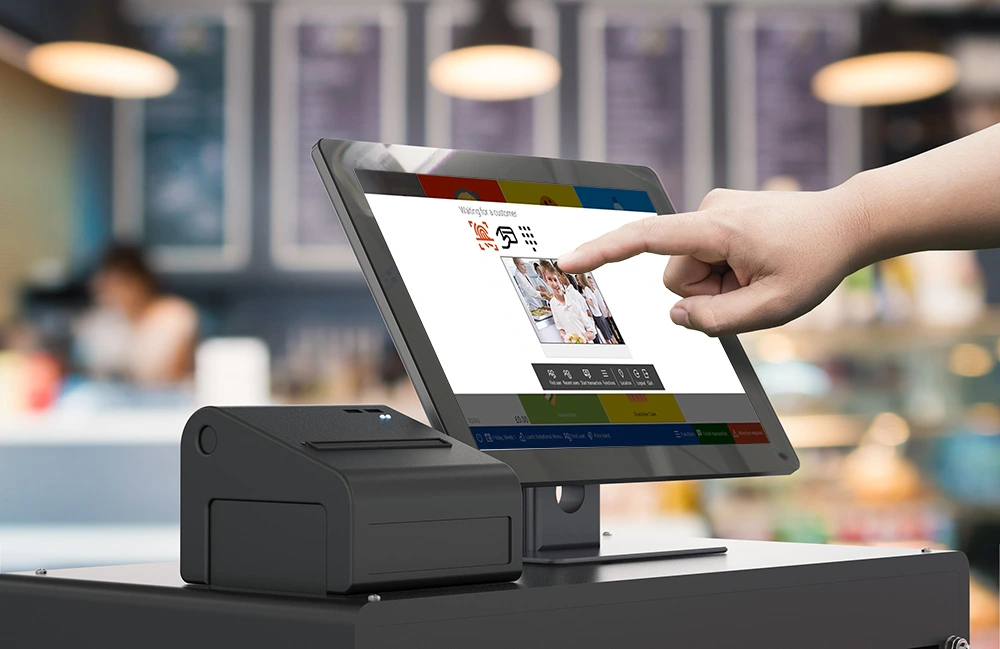
“The system is proving very beneficial; pupils have more time to sit and eat so that they can socialise over their meals, which is an example of the school using technology to improve the student experience.”
– Headteacher
“I love the new biometric system. It makes getting my lunch so much easier.”
“I am enjoying using this new technology. It’s so quick!”
– Year eight pupils
Safeguarding pupils with new technology
The school gained explicit consent from parents before allowing pupils to use the software.
By default, Fusion automatically marks users as ‘not consented’ to Facial Recognition, which requires users to explicitly opt-in before using the system.
Facial Recognition data is stored on the secure school server; it works as a closed-loop system, and is not accessible to the outside world. The system uses AES 256-bit encryption and is only accessible by the school.
In addition to speeding up the lunch service, the new software has safeguarded pupils with allergies and helped the school comply with new laws brought in, such as Natasha’s Law.
“Natasha’s Law will also affect schools, and this (Facial Recognition) technology allows the school to check what food students have bought, and if there is anything they could be allergic to, it can be flagged up immediately. It is also a truly contactless system. There is no keypad, just facial scanning.”
– Headteacher
Adapting to new technology
Increasing their cashless offering with new technology has been one of the most effective ways for the Northwest-based school to adjust to increasing pupil numbers and shorter lunchtimes. By putting the pupil experience first and providing a safe, secure, and fast transaction method, the school stays ahead of the curve with its latest offering.
Book a free demonstration with our team to see how Facial Recognition can improve to your school’s lunchtimes.
Download the full Facial Recognition case study
